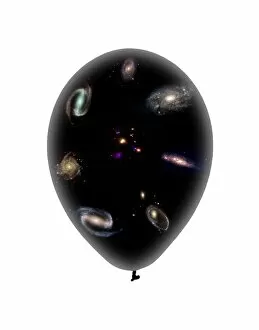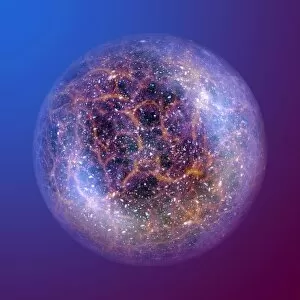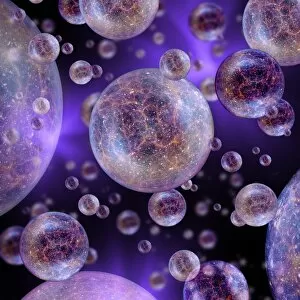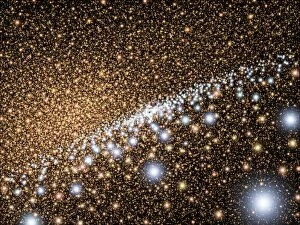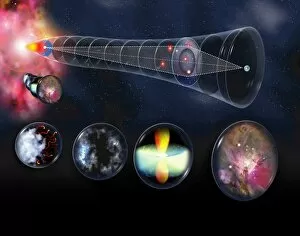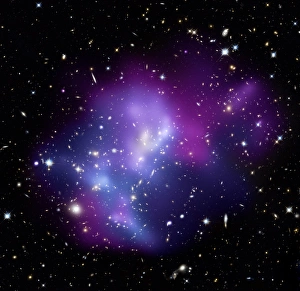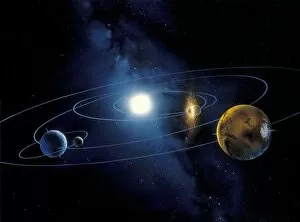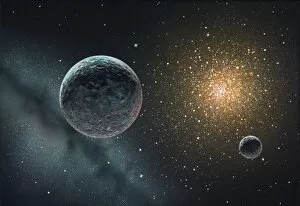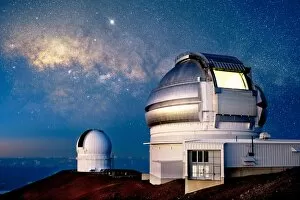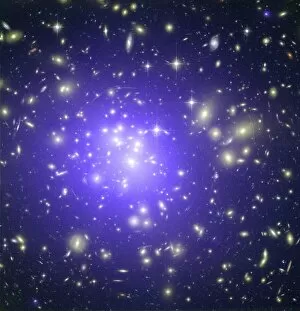Galaxy Collection (page 60)
"Exploring the Vastness of the Galaxy: From Hubble Ultra Deep Field to Magnificent Details" Embark on a cosmic journey through the wonders of our galaxy
All Professionally Made to Order for Quick Shipping
"Exploring the Vastness of the Galaxy: From Hubble Ultra Deep Field to Magnificent Details" Embark on a cosmic journey through the wonders of our galaxy, where mysteries unfold and beauty knows no bounds. The Hubble Ultra Deep Field galaxies reveal a mesmerizing tapestry of celestial bodies, each one holding secrets yet to be unraveled. Delve into the realm of Messier objects, a full set showcasing celestial treasures meticulously cataloged by Charles Messier himself. Among them stands the M51 Whirlpool Galaxy, an enthralling dance between two galactic companions locked in an eternal embrace. Behold the majestic Sombrero Galaxy (M104), as captured by the Hubble Space Telescope's lens. Its distinctive shape and stunning halo make it stand out among its peers, leaving us in awe of nature's artistic prowess. While we marvel at distant galaxies, let us not forget our own humble abode within this vast expanse - our Solar System planets gracefully orbiting around their radiant star. And nestled within this cosmic symphony lies our home, the Milky Way, with its countless stars painting a breathtaking panorama across space. Witness remnants of stellar explosions etched upon eternity as we encounter Cygnus Loop Supernova Blast Wave – a testament to both destruction and creation that shapes our universe. Gaze upon Antennae colliding galaxies in all their chaotic splendor; their interstellar clash giving birth to new stars amidst swirling chaos. Marvel at Giant Twisters in Lagoon Nebula as they sculpt clouds of gas and dust into ethereal forms that defy imagination. The Spiral galaxy M81 beckons with its grandeur displayed through a composite image capturing its spiraling arms reaching towards infinity. Each detail reveals hidden stories waiting for intrepid explorers like us to decipher. Dive deep into dusty spiral galaxies where magnificent details await discovery - intricate patterns woven within veils of stardust whisper tales of cosmic evolution.


